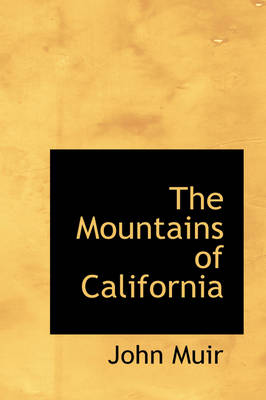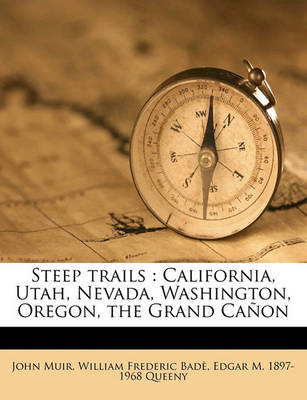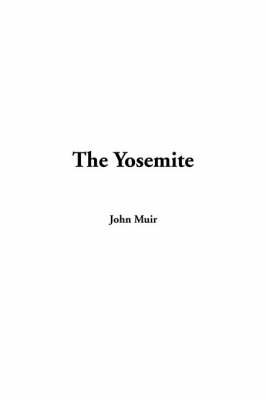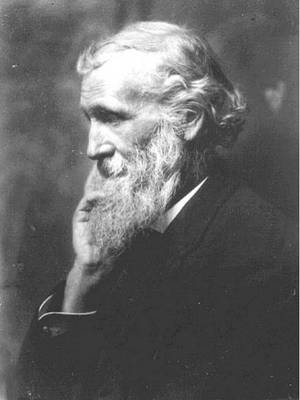The John Muir Library
9 total works
Bill McKibben writes in his Introduction that Muir "invents, by sheer force of his love, an entirely new vocabulary and grammar of the wild . . . a language of ecstasy and exuberance."
The Mountains of California is as vibrant and vital today as when it was written over a century ago.
This Modern Library Paperback Classic includes the photographs and line drawings from the original 1898 edition.
Steep Trails
by John Muir, William Frederic Bad, Edgar M 1897-1968 Queeny, and William Frederic Bade
Filled with Muir's characteristic boldness and emotion, these stirring essays will appeal to his loyal readers today, just as they did a century ago.
This Modern Library Paperback Classic is a facsimile of the 1912 edition and includes the original illustrations.
The book, long out of print, was originally published in 1901, its ten essays having previously appeared as articles in the Atlantic Monthly. Muir wrote them with a single purpose-to entice people, by his descriptions, to come to the parks, to see and enjoy them. If enough people did so, reasoned Muir, they would surely love the wilderness as he did, and the parks would be preserved.
Muir carried out his public relations mission with remarkable success. Every page of this book carries his unbridled and irresistible enthusiasm. Our National Parks is part reminiscence, part philosophy, and mostly enticing description. It is all vintage Muir.
Although the book treats Yellowstone, Sequoia, General Grant, and other national parks of the Western U.S., Muir devotes the bulk of the work to his first love-Yosemite, settled into the heart of the Sierra Nevada. Indeed, six of the book's chapters are devoted to Yosemite, treating the forests, wild gardens, fountains and streams, animals, and birds of the park. The concluding essay is an impassioned plea to save American forests.
All visitors to the great western national parks-and all who will one day visit them-will be captivated by Muir's descriptions. The grandeur of this wilderness is reflected in the very spirit of John Muir. Both shine through every page of this remarkable book.








